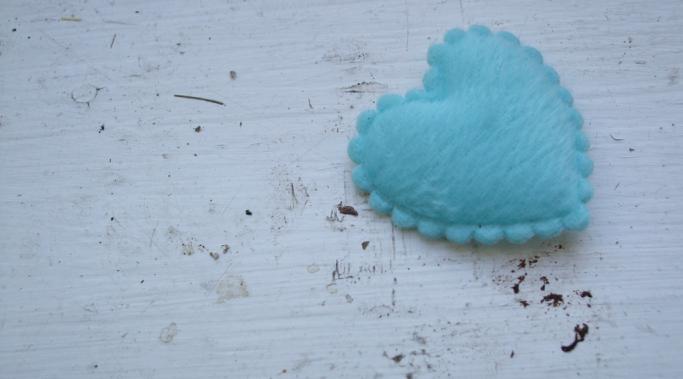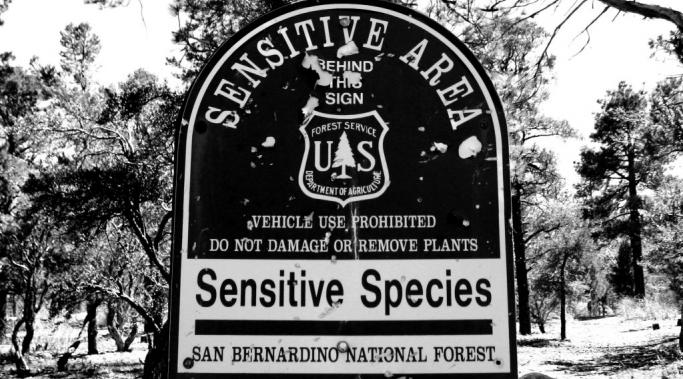Today, I'm pausing my discussion of the contributing factors in the development of Dissociative Identity Disorder to talk about Dissociative Identity Disorder and relationships. Navigating relationships may be the single biggest challenge I encounter living with DID. I see the havoc my disorder wreaks on my most intimate relationships and I feel helpless to do anything about it. I watch my partner in particular struggle with abandonment, loneliness, and the chaotic nature of DID and I know that more personalities doesn't always mean more love.
Dissociative Living
Monday's blog focused on the role physiological and psychological sensitivity played for me in developing dissociative identity disorder. Today we tackle denial. The second of my four categories of causation, The Denial Factor, postulates that the chronic refusal to acknowledge trauma has a direct dissociative effect on the malleable identity of a child. I believe that for me and countless others, denial was a harbinger of dissociative amnesia and a potent force in the journey from trauma to DID.
On Thursday, I discussed trauma, a contributing factor in the development of Dissociative Identity Disorder, and how assumptions about the severity of that trauma initially scared me into rejecting my DID diagnosis. But through research, meaningful dialogue, and no small amount of rumination, I more clearly understand now why I have DID. I identify four categories of causation, the first of which I call The Sensitivity Factor. Having come into this world a highly sensitive being, traumatic stress can easily surpass my tolerance threshold. Subjected repeatedly to situations that overwhelmed my capacity to cope, dissociation became my only escape.
One of the obstacles I encountered in coming to terms with my dissociative identity disorder (DID) diagnosis was the idea that DID is by and large caused by horrendous abuse. Because DID and unimaginable trauma were intrinsically linked in my mind, I thought accepting my diagnosis required believing that I had suffered inconceivable horrors, repressed memories of child abuse that were lurking somewhere in the recesses of my dissociative mind. I didn't want to believe that, so I rejected the diagnosis altogether. I wish I'd known that tolerating ambiguity is part of dissociative living, and that it's possible to reconcile yourself to having DID without making assumptions about your history.
One challenge of dissociative living is task management. Dissociation creates fissures in consciousness that make the demands of daily life extremely difficult to meet. It's important that I get my son to swimming lessons on time. Showing up for psychiatric appointments is imperative. Paying bills is not optional. But I cannot expect my dissociative mind to sustain awareness of all my obligations throughout many alter states. Instead, I rely on external tools to remember for me.
My name is Holly Gray. I live in the Pacific Northwest United States with my 11-year-old son and a cat named Alex P. Keaton. My life has been a search for identity and a series of 180 degree turns that baffled and frightened me. I have been in and out of therapy since I was 14 and up until five years ago, found very few answers in the therapeutic process. I was diagnosed with Dissociative Identity Disorder in early 2005. I wrestled with the diagnosis for several years before finally coming to terms with it. In doing so, I learned and unlearned a great deal about dissociation and DID.





